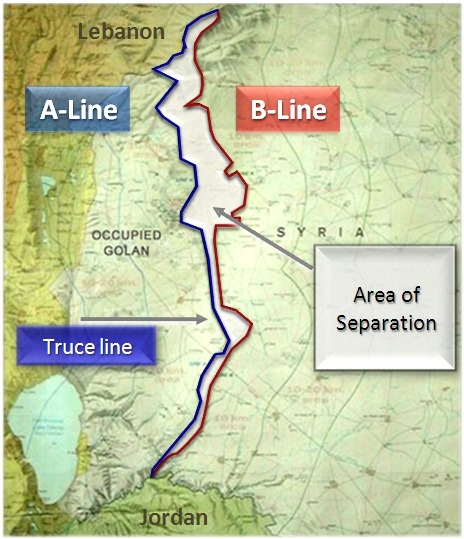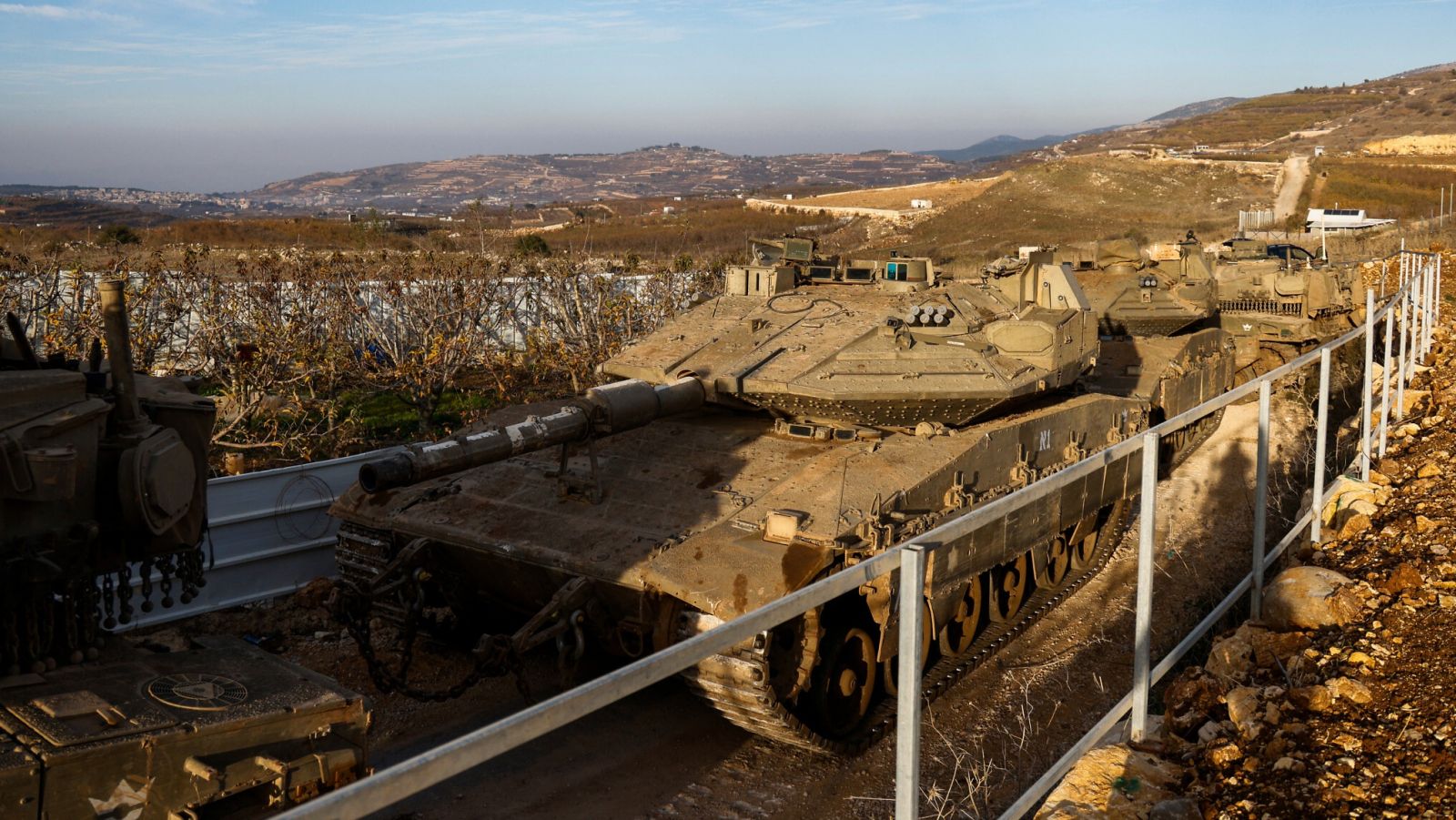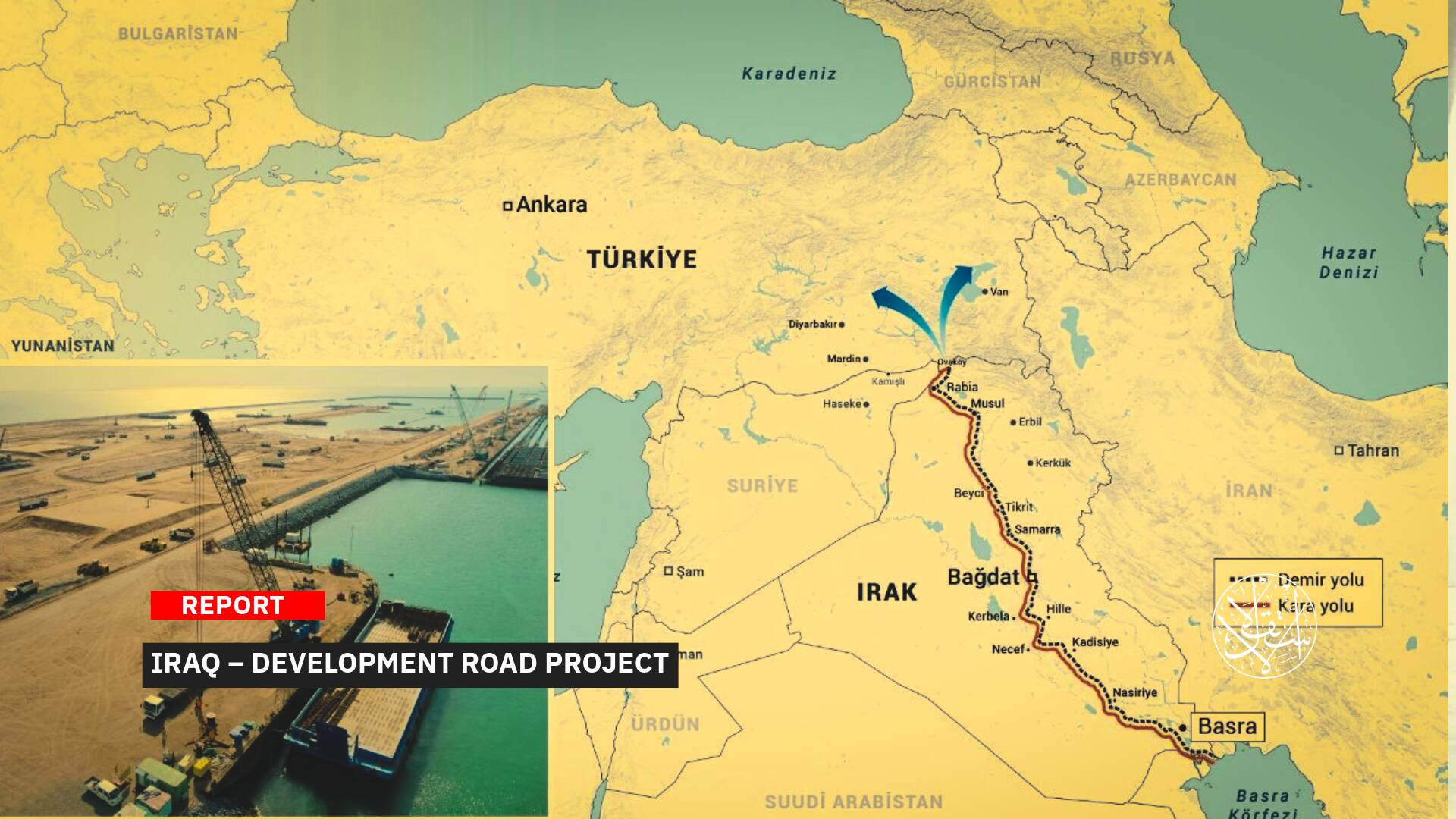How 'Israel' Exploits the Political and Military Vacuum in Syria

“This is the first time Israel has captured territory in Syria since the war in 1973.”
Following the fall of Syrian President Bashar al-Assad’s regime, the Israeli occupation launched hundreds of airstrikes targeting sites and air bases deep inside Syrian territory, destroying about 80% of the Syrian army’s capabilities, including aircraft, helicopters, tanks, and warships.
The Israeli Air Force also destroyed most of the scientific research centers, weapons and missile depots, and air defense brigades in the Syrian provinces.
The Israeli Broadcasting Authority announced that the forces of the Shaldag unit in the Israeli army took control of the Syrian Mount Hermon region without any significant resistance, taking advantage of the collapse of the Syrian army and the transitional period in which the country needs to organize its affairs.
In a remarkable move, the Israeli cabinet decided to occupy this region and establish a buffer zone under the supervision of the Israeli army on the border with Syria.
These developments raised many questions about Israel’s goals and future plans in light of the security and political vacuum in Syria.
Are the current ground interventions in Syria temporary, as “Israel” claims, or are they a prelude to changing the borders and creating new facts on the ground?
Military Operation
Immediately after the fall of the Assad regime, the Israeli occupation intensified its attacks on several military sites in Syria, including scientific research centers, squadrons of warplanes and helicopters, weapons and missile stores, and air defense brigades.
The Israeli army had named the military operation it was waging in Syria ‘Arrow of Bashan’, inspired by the Torah, during which it destroyed most of the military capabilities of the Syrian army through more than 480 air strikes.
Israeli Prime Minister Benjamin Netanyahu said, “We have no intention of interfering in Syria's internal affairs, but we clearly intend to do what is necessary to ensure our security.”
“I have authorized the air force to bomb the strategic military capabilities left by the Syrian army, so that they do not fall into the hands of terrorism,” he claimed.
Reuters reported that the Israeli army targeted the Mezzeh military airport and Aqraba airport near the capital Damascus, the Shinshar base and the T4, Shayrat and Palmyra airports in the Homs countryside, as well as air defense systems and warships in the port of Latakia.
Among the destroyed sites were also: the security square, the scientific research center, the headquarters of the electronic warfare administration in Damascus, and the military divisions containing weapons depots, missile stores, and air defense systems throughout Syrian cities.
The United Nations special envoy to Syria, Geir Pedersen, called Israel’s airstrikes a very troubling development.
Tel Aviv also took advantage of the change in the situation at all levels in Syria following the fall of the Assad regime at dawn on December 8, to end the Agreement on Disengagement, and to occupy new areas of Syrian territory under the pretext of protecting its security, which has not been threatened by the Syrian side for decades.
The Israeli occupation took control of the Syrian buffer zone, which is more than 75 kilometers long and ranges between 200 meters in the south and 10 kilometers in the center, in a move condemned by the UN and Arab countries as a violation of the disengagement agreement signed in 1974.
Qatar’s Foreign Affairs Ministry said Israel’s attempts to occupy Syrian lands will lead the region to more violence and tensions, calling the move a flagrant violation of international law.
Turkiye said Israel was once against displaying its occupying mentality, condemning its actions while Syria strives for peace and stability.
Saudi Arabia said the actions confirm Israel's continued violations of the principles of international law and called upon the international community to respect Syria's territorial integrity.
Reuters indicated, quoting security sources, that the Israeli military incursion into Syria reached about 25 kilometers southwest of the capital, Damascus.
On its part, the Israeli army denied what Reuters reported, as spokesman Nadav Shoshani confirmed that Israeli forces remained in the buffer zone and some additional points in its vicinity.
In turn, Army Minister Israel Katz said on December 10 that he had ordered the army to establish a defense zone in southern Syria without a permanent presence.
In the same context, the Israeli army imposed a curfew on residents of five towns located within the buffer zone in southern Syria.
Netanyahu had announced, in a statement in Hebrew on December 8, the occupation of the Syrian buffer zone, saying: “We are working primarily to protect our borders. This area has been governed for nearly 50 years by a buffer zone agreed upon in 1974 under the Agreement on Disengagement.”
Ironically, Tel Aviv, which announced twice in the past few days the deployment of large forces to the border to prevent the Syrian opposition from reaching it, justified the collapse of the agreement by the withdrawal of the Syrian army from its positions.
But in his English-language statement, Netanyahu noted that the move was a temporary defensive posture until a suitable arrangement could be reached and not a permanent occupation of the Syrian buffer zone.
The Hebrew media suddenly highlighted tens of thousands of dunams deep inside Syria, and claimed that Baron Edmond James de Rothschild bought them during the Ottoman Empire on behalf of the Jewish Agency, which raises questions about the extent to which this will go to Israeli ambitions in Syrian territory.
Netanyahu considered that the collapse of the Assad regime came as a result of the attacks carried out by Israel against Iran and the Lebanese Hezbollah.
In contrast, Israeli opposition leader Yair Lapid criticized Netanyahu's statements, describing his handling of what is happening in Syria as dangerous and irresponsible.
“Netanyahu's behavior was irresponsible and dangerous... The last thing the Syrian opposition needs is to say that it came to power thanks to Israel,” he added.
Lapid also pointed out that “this is unnecessary arrogance, which may push the new Syrian authority to respond sooner or later in order to prove to the Arab world that this is not true.”

Temporary Measures
In a letter to the UN Security Council, Israeli Ambassador Danny Danon described the Israeli attacks on Syria as limited, temporary and necessary measures to deal with security threats.
He claimed that “Israel” is not intervening in the internal Syrian conflict, adding that the strikes were specifically aimed at ensuring the safety of Israel, especially those living in the Golan Heights.
The ambassador said in the letter that “Israel is committed to the disengagement agreement reached on May 31, 1974, between Israel and Syria.”
In turn, UN spokesman Stephane Dujarric said that UNDOF informed its Israeli counterparts that these actions constitute a violation of the 1974 Agreement on Disengagement, explaining that Israeli forces that entered the buffer zone are still deployed in three locations.
He stressed that there should be no military forces or activities in the separation zone and that “Israel” and Syria must continue to implement the agreement and maintain stability in the Golan.
On its part, the White House indicated its support for Israeli strikes against Syrian military targets and sites allegedly containing chemical weapons, in addition to seizing a buffer zone in the Golan Heights after the fall of the Assad regime.
Axios indicated that “Israel” notified the United States before taking control of the Syrian buffer zone, and informed the Biden administration that this was a temporary step, and would last only a few days or up to a few weeks.
Observers believe that Tel Aviv may exploit the incursion it carried out to impose new conditions that guarantee relative calm on the Syrian front, in addition to consolidating its occupation of the Golan Heights, which its Prime Minister Benjamin Netanyahu announced a few days ago would forever remain an integral part of the so-called State of Israel.
“Israel” had seized these strategic heights from Syria on June 5, 1967.
“Israel” annexed the Golan Heights in 1981, a decision that the UN rejected, considering it null and void, and with no legal effect at the international level.
The heights cover an area of approximately 1,150 square kilometers and are considered a strategic location overlooking both “Israel” and Syria.
During the first term of US President Donald Trump, the United States became the only country to recognize Israel's sovereignty over the Golan, while the rest of the world considers the area to be Syrian territory occupied by “Israel”.

Israeli Influence
It is noteworthy that controlling the Syrian Mount Hermon area (2,200 meters above sea level) represents a free strategic achievement for “Israel”, especially since it is an area that witnessed bloody battles in previous wars between Syria and “Israel”.
“Israel” justifies its recent moves by saying that they aim to protect settlements in the Golan Heights and prevent the infiltration of armed groups into its territory. However, developments indicate that the Israeli steps go beyond mere defense to strengthening its regional influence.
Hebrew reports revealed that right-wing ministers are pressuring Prime Minister Benjamin Netanyahu to immediately deepen Israel's control over Syrian territory.
Israel's Channel 12 said that the seizure of Mount Hermon and the buffer zone is a prelude to military intervention in the Syrian arena if necessary, just as happened in southern Lebanon.
Earlier in November, the Associated Press revealed, through examining satellite images, that “Israel” had been working on a project to build a new road along the border with Syria since last July, and that it had violated the buffer zone more than once during construction.
In another incident that took place on September 15, an Israeli force, accompanied by tanks and bulldozers, penetrated 200 meters into Syrian territory east of the disengagement line around the town of Jubata al-Khashab in Quneitra.
Before that, in 2022, “Israel” expanded its presence eastward, bypassing the UNDOF Line, and constructed a road called ‘Sufa 53’, penetrating Syrian areas to a depth of up to 2 kilometers.
During its previous incursions, the Israeli occupation forces arrested Syrian citizens from those areas that were supposedly under the control of the Syrian regime at the time.

In turn, political analyst Mahmoud Alloush explained in a statement to Al-Estiklal that “Syria has never been absent from the minds of Israeli leaders since the establishment of their alleged state, as large areas of its lands were part of the greater Zionist dream.”
“The Israeli attacks on Syrian military sites confirm that Tel Aviv fears changing the regime that has maintained for 50 years the equation that there is no peace and no war with Israel,” he added.
As for the Israeli ground incursion deep inside Syria, Mr. Alloush pointed out that “an Israeli decision to occupy Mount Hermon appears to have been taken earlier as part of a strategic plan to ensure Israel's superiority in the Syrian arena and to enhance its regional influence.”
He concluded that “the Israeli occupation is exploiting the political vacuum and security imbalance to nibble away at more Syrian territory under the pretext of maintaining security, with clear American support.”
Sources
- Operation 'Bashan Arrow': IDF destroys over 350 Syrian Military targets
- Israel strikes and advances into Syrian territory after Assad's overthrow, fueling alarm
- Israel captures Syrian territory after Assad regime collapse
- The earthquake in Syria is still in progress and it is imperative to learn from the mistakes of the past [Hebrew]
- This is how the Shaldag unit raided the Syrian Hermon [Hebrew]
- Lapid: The government is only concerned with public relations and photos instead of doing what is right politically












